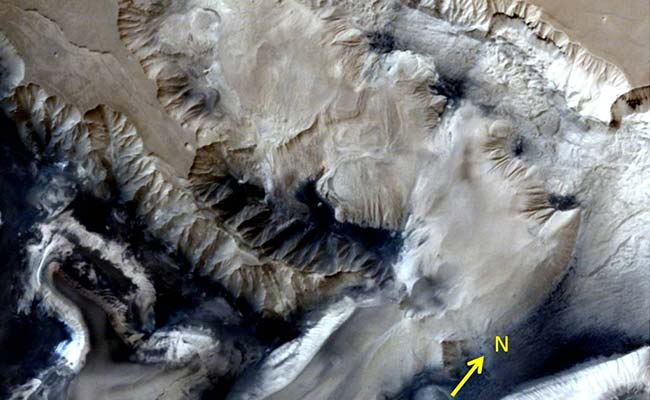Mangalyaan sends home stunning 3D pictures of Canyon on Mars
India’s Mars Orbiter Mission has sent home three-dimensional images of the Valles Marineris, a 5, 000-km-long canyon system on the Red Planet, on the occasion of the country’s 69th Independence Day on Saturday.
Mangalyaan has been something of a success story for the ISRO.
It was from the Red Fort exactly three years ago, on Independence Day 2012, that then Prime Minister Dr Manmohan Singh had first announced that India was heading to Mars.
The feature is part of the Valles Marineris canyon system on Mars, a massive gash along the equator that’s almost as long as the United States is wide. Ophir Chasma measures about 197 miles (317 km) long, and was named after a land mentioned in the Bible.
Isro said the picture were captured on July 19, 2015, at an altitude of 1857 km. A chasma is a word that has been designated by the worldwide Astronomical Union to refer to an elongated, steep-sided depression. The MOM also went into the 15-day blackout phase during solar eclipse when Sun intervened between Mars and Earth. The pictures displayed signs of fluvial activity, meaning that water flowed there sometime in the past.
The project’s primary objective, while also aimed at collecting data from Mars, is to serve as a demonstration of India’s ability to develop and implement interplanetary space technology.
Built at the cost of just Rs 450 crores ($74 million), the orbiter still has 39 kilograms of fuel left in the tanks, which could mean a few more years of breathtaking pictures, among other things.
ISRO is planning to launch a follow-up mission called Mangalyaan 2 with a better scientific payload to Mars between 2018 and 2020.








